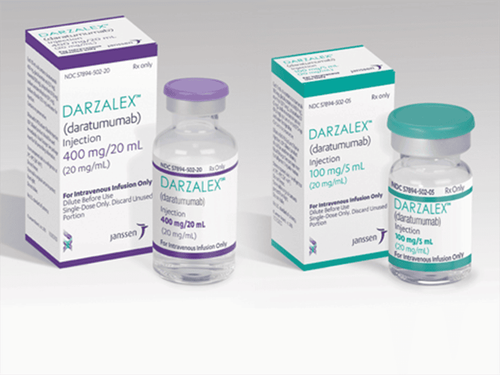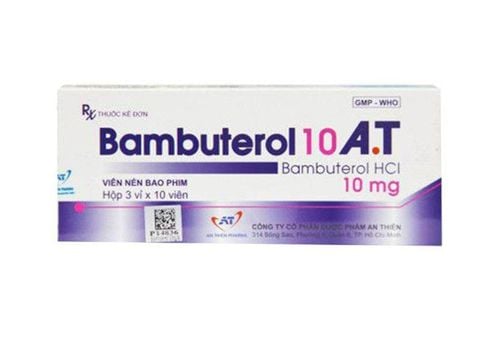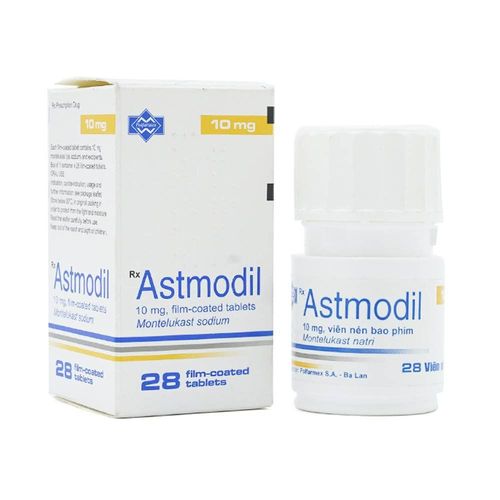This is an automatically translated article.
Asthmatic bronchitis is one of the diseases with high complexity. The disease often causes symptoms such as difficulty breathing, coughing, wheezing, chest tightness or shortness of breath. If not diagnosed and treated early, the disease can cause serious health complications, and it is very difficult to cure the disease.
1. What is asthmatic bronchitis?
Every time you breathe in, air goes inside your nose and mouth, then down your throat and into the air passages, called the bronchial tubes. These tubes need to be opened to allow air to reach the lungs, where oxygen enters the bloodstream and is transported to other tissues in the body.
If your airways become inflamed, it's harder for air to get into your lungs, which can make you feel short of breath, cough, and wheeze as you try to get more oxygen.
Bronchitis and asthma are two conditions associated with inflammation of the airways. Acute bronchitis is an inflammation of the lining of the airways, usually caused by a bacterial or viral infection, and goes away on its own after a certain amount of time. For chronic bronchitis, which lasts longer, the main cause of the disease comes from long-term exposure to environmental irritants, such as dust, smoke, or chemicals.
Asthma can lead to tightening of the muscles around the airways and cause swelling that causes the airways to narrow. When asthma and acute bronchitis occur at the same time, the condition is called asthmatic bronchitis.

Viêm phế quản hen xảy ra khi hen và viêm phế quản cấp tính xảy ra cùng lúc
2. Causes of asthmatic bronchitis
There are many different causes of asthmatic bronchitis. The most common triggers include:
Environmental pollution Tobacco smoke Chemicals Substances that can cause allergic reactions, including mold, pollen, pet dander, dirt or food additives Use of certain medications, such as beta-blockers, aspirin Fluctuating weather, especially when it's cold Bacterial or viral infections Exercise Strong emotions, such as crying or laughing
3. Signs and symptoms of asthmatic bronchitis
Most often, the symptoms of asthmatic bronchitis are a combination of the symptoms of both conditions, including asthma and bronchitis. When suffering from asthmatic bronchitis, the patient often shows the following specific symptoms:
Wheezing Cough Shortness of breath Shortness of breath Chest tightness There is a lot of excess mucus produced in the bronchi

Người bệnh bị viêm phế quản hen có triệu chứng khó thở, đau tức ngực
Asthmatic bronchitis is actually an infectious disease, caused by viruses, or bacteria. However, chronic asthmatic bronchitis is not likely to spread in the community.
4. Diagnostic methods for asthmatic bronchitis
If you find that you have any of the signs or symptoms listed above, it is best to see a specialist as soon as possible. After undergoing a physical exam and physical exam, the patient may be asked to perform some of the following diagnostic tests:
Spirometry : this is a test that helps measure the function of the lungs when you breathe in and exhale through a mouthpiece attached to the spirometer. Peak expiratory flow (PEF) test: this test checks the force of the air as you exhale. Chest X-ray: helps create pictures of the chest to look for any abnormalities related to conditions such as shortness of breath, or a patient's cough.
5. Some treatments for asthmatic bronchitis
Essentially, the treatments for asthmatic bronchitis are similar to those used to treat both asthma and bronchitis. Here are some of the main methods commonly applied to cases of asthmatic bronchitis, including:
Điều trị bệnh viêm phế quản hẹn tương tự như cách điều trị bệnh viêm phế quản và hen
Short-acting bronchodilators, such as albuterol Long-acting bronchodilators, in combination with inhaled corticosteroids Inhaled corticosteroids Leukotriene receptor blockers Theophylline and cromolyn Anticholinergics can long-acting bronchodilator and steroid inhaler Steam or humidifiers For respiratory infections caused by certain bacteria that can be treated with antibiotics .
During treatment, you should limit your exposure to high-risk asthma triggers with the following tips:
Wash blankets and sheets in hot water Use a HEPA air filter in the house Clean and vacuum regularly Avoid pets in your bedroom Regularly wash your hands with soap to prevent virus infection Quit smoking and try to limit contact with smokers/ Periodic health check-ups help detect diseases early, thereby planning treatment for optimal results. Currently, Vinmec International General Hospital has general health checkup packages suitable for each age, gender and individual needs of customers with a reasonable price policy, including:
Health checkup package diamond general health check-up package Vip special health check-up package Comprehensive general health check-up package Standard general health check-up package Patient's examination results will be returned to your home. After receiving the results of the general health examination, if you detect diseases that require intensive examination and treatment, you can use services from other specialties at the Hospital with quality treatment and services. outstanding customer service.
To register for examination and treatment at Vinmec International General Hospital, you can contact the nationwide Vinmec Health System Hotline, or register online HERE.
Source: webmd.com













